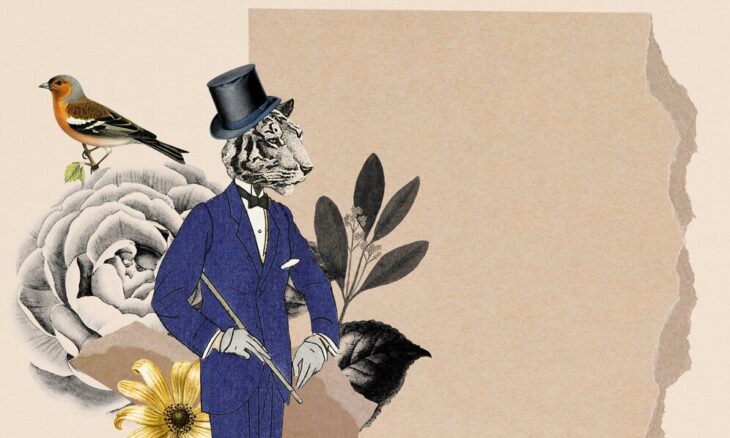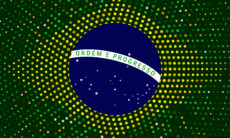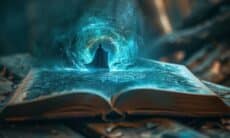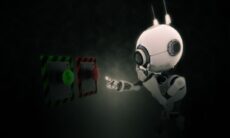A New Era of Creativity
Artificial Intelligence (AI) is revolutionizing creativity, offering artists, designers, and content creators tools to amplify their work, experiment with new mediums, and streamline their processes. Far from replacing human ingenuity, AI is redefining the creative landscape, empowering individuals to push boundaries and reimagine what’s possible.
In this article, we explore how AI is changing creativity, its impact on digital artists and content creators, and what this means for the future of artistic expression.
1. AI as a Creative Partner: Tools Empowering Artists
AI is not here to replace creativity but to enhance it. Digital artists are increasingly using AI tools to collaborate, experiment, and produce works that blend human ingenuity with machine intelligence.
Popular AI Tools for Artists:
- DALL·E 2: Generates detailed images based on text prompts, helping artists explore new ideas and concepts.
- RunwayML: Assists creators in editing videos, generating images, and even crafting entire animations using AI models.
AI allows me to iterate on ideas faster than ever before, acting as an assistant that sparks new directions I wouldn’t have considered,” says Mario Klingemann, a pioneer in AI art.
Explore AI tools like DALL·E: OpenAI’s DALL·E 2.
2. Digital Art: Pioneering a New Aesthetic
AI is reshaping the aesthetics of digital art by enabling artists to create intricate patterns, surreal landscapes, and entirely new visual styles. This intersection of technology and creativity is producing works that challenge our understanding of art.
Case Study:
- Refik Anadol, a renowned digital artist, uses AI to process massive datasets—such as weather patterns or brain activity—transforming them into mesmerizing visual installations.
Discover how AI inspires visual innovation: Refik Anadol Studio.
3. Content Creation: AI-Driven Innovation for Creators
For content creators, AI is a game-changer, automating tasks and opening up opportunities to focus on storytelling and originality.
AI Applications for Content Creators:
- Video Editing: Tools like Adobe Sensei automate editing processes, color grading, and scene transitions.
- AI Writing Assistants: Platforms like Jasper and ChatGPT generate blog ideas, scripts, and ad copy in minutes.
- Social Media Management: AI tools like Canva and Buffer suggest designs and optimal posting schedules, maximizing engagement.
AI is freeing up my time to focus on what really matters—connecting with my audience,” says Sara Dietschy, a YouTuber and content creator.
Learn about AI in video editing: Adobe Sensei.

4. Music and AI: Creating Harmonies Together
AI is transforming the music industry, enabling composers to experiment with new sounds, generate melodies, and even create entire tracks.
Key Innovations:
- AIVA (Artificial Intelligence Virtual Artist): Composes original music tailored to specific moods or genres.
- Amper Music: Lets creators produce custom soundtracks for videos and games, with minimal technical expertise required.
Discover AI music creation tools: AIVA AI Music.
Case Study:
- Taryn Southern, a musician and filmmaker, produced an entire album, I AM AI, using AI tools to compose and arrange songs.
5. The Ethical Dilemma: Who Owns AI-Generated Art?
The rise of AI-generated art raises critical questions about ownership, authorship, and authenticity:
- Authorship: If an AI creates an artwork, who is the artist—the machine, the user, or both?
- Copyright Issues: Can AI-generated works be copyrighted, and how should we credit machine-made contributions?
AI challenges our understanding of originality and creativity, forcing us to rethink what it means to be an artist,” says Anil Dash, CEO of Glitch and digital rights advocate.
Learn more about ethical concerns in AI art: AI and Creativity Ethics.
6. The Future of AI in Creativity: Collaboration, Not Competition
The future of creativity lies in collaboration between humans and AI. While machines excel at generating patterns and crunching data, human creators bring emotion, context, and intention to the process.
Predictions for the Future:
- Increased Accessibility: AI tools will make creative mediums—like animation and music production—more accessible to people without technical training.
- Interactive Art: AI-powered installations will offer personalized experiences, adapting in real-time to audience interactions.
- New Art Forms: Artists will explore hybrid mediums, combining AI with traditional techniques to create entirely new forms of expression.
Conclusion: AI as a Catalyst for Creativity
AI is not diminishing human creativity; it’s amplifying it. By automating repetitive tasks and sparking new ideas, AI empowers artists and content creators to explore uncharted territories. From visual art to music and storytelling, the fusion of human intuition and machine intelligence is shaping a future where creativity knows no bounds.
As we embrace AI as a creative partner, the focus should remain on preserving the soul of art—the human touch that gives it meaning and purpose.
The beauty of AI in art lies in its ability to work alongside us, inspiring new possibilities while leaving the heart of creativity in our hands,” says Joanna Bryson, AI researcher and ethics expert.
Join the Conversation
How do you think AI is shaping the future of creativity? Share your thoughts in the comments or explore related articles:
Top 10 AI Tools for Digital Marketing
5 AI Tools for Stunning Visuals









